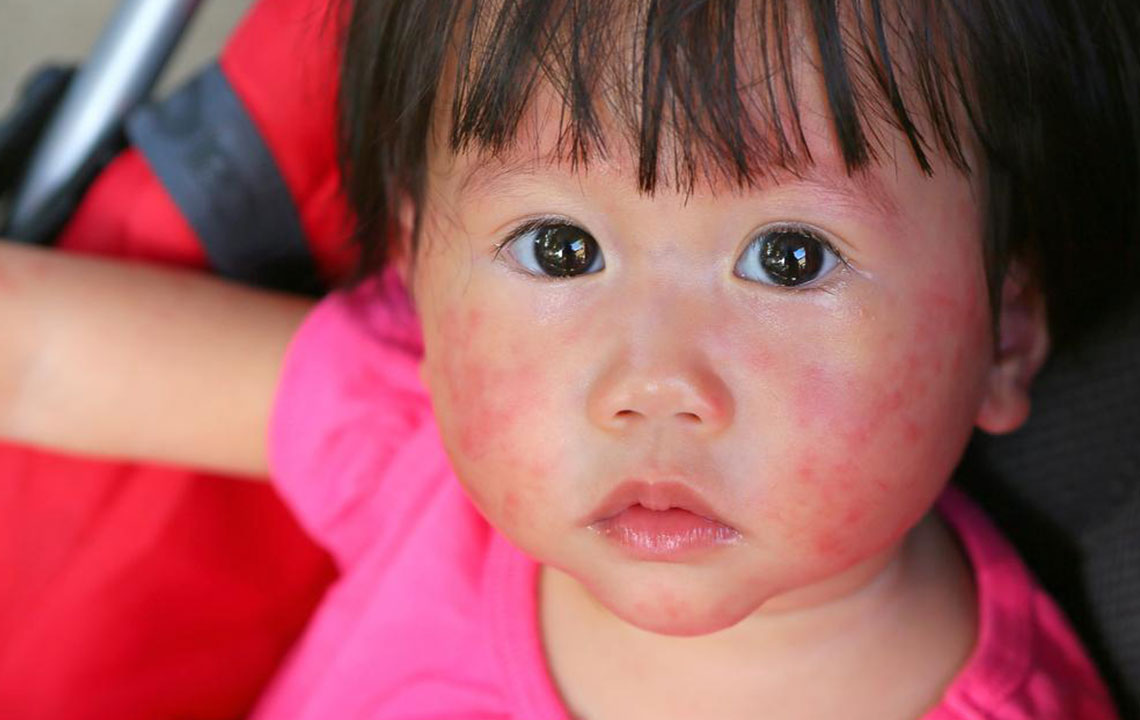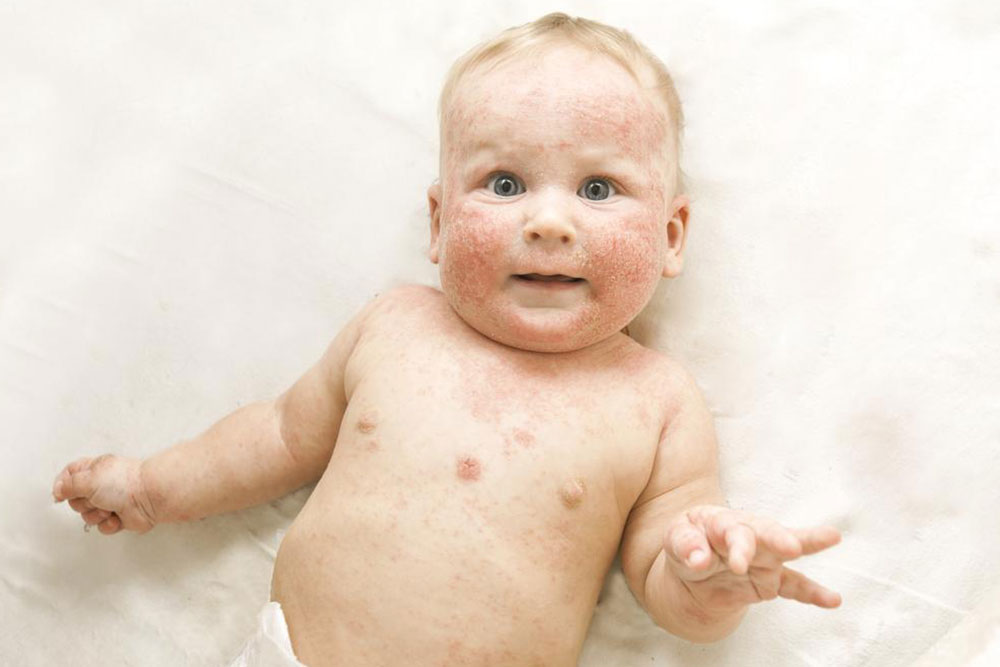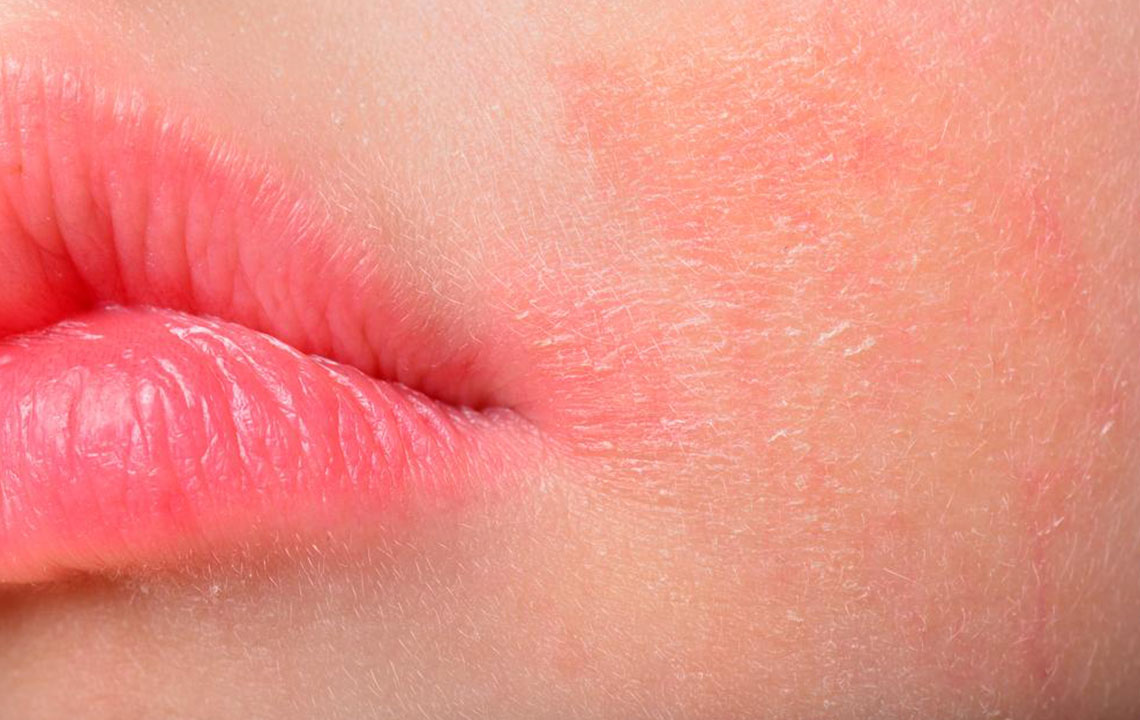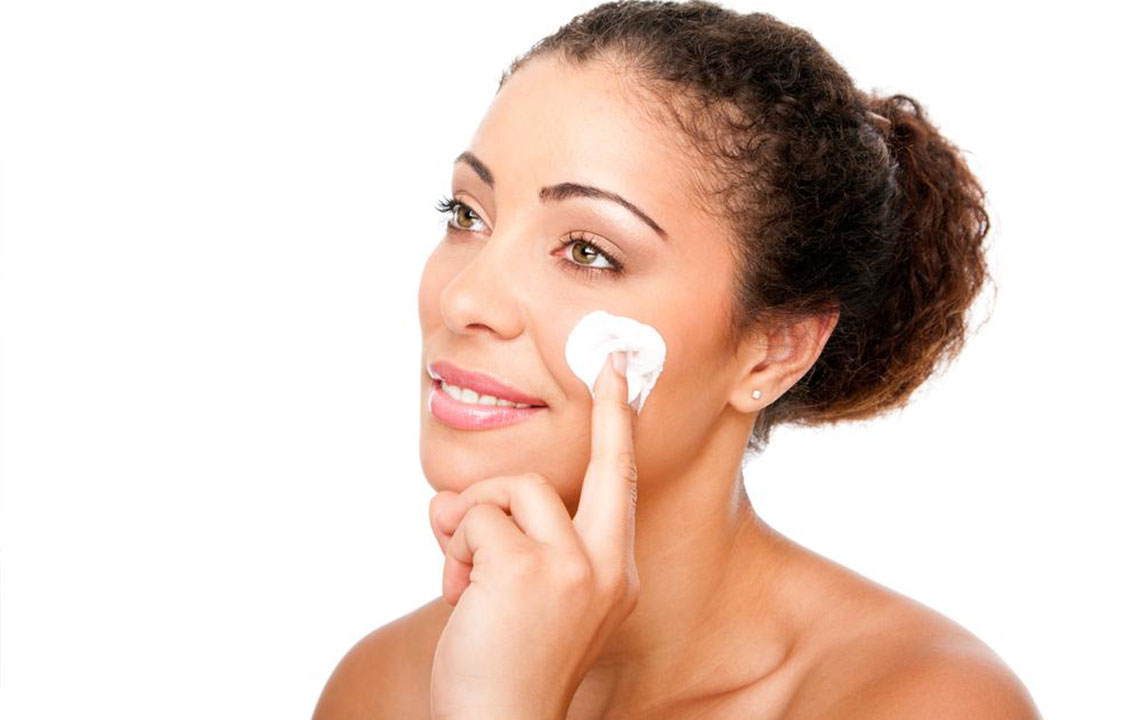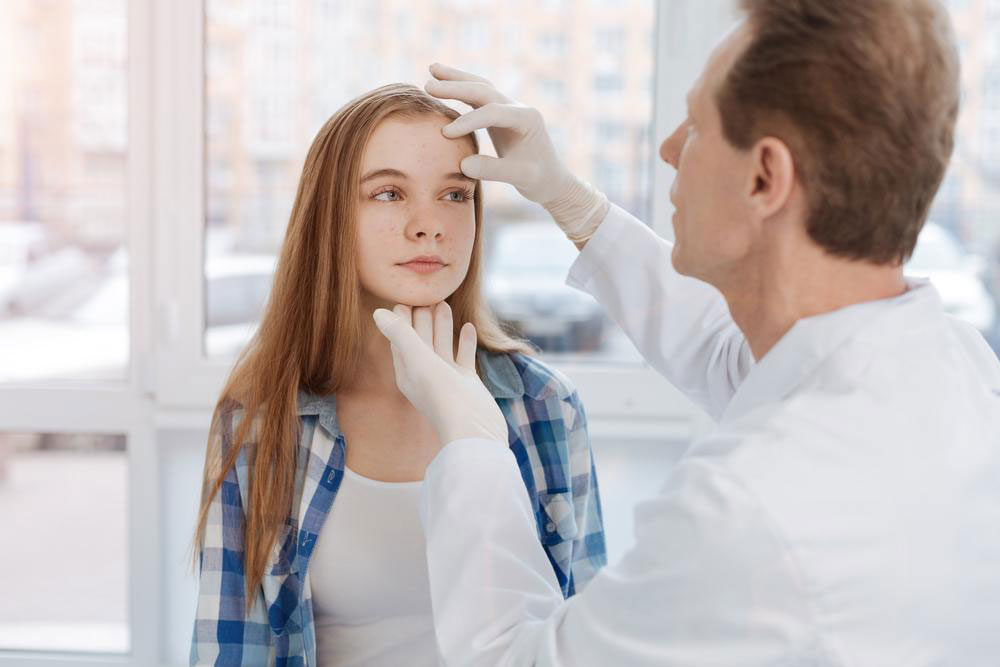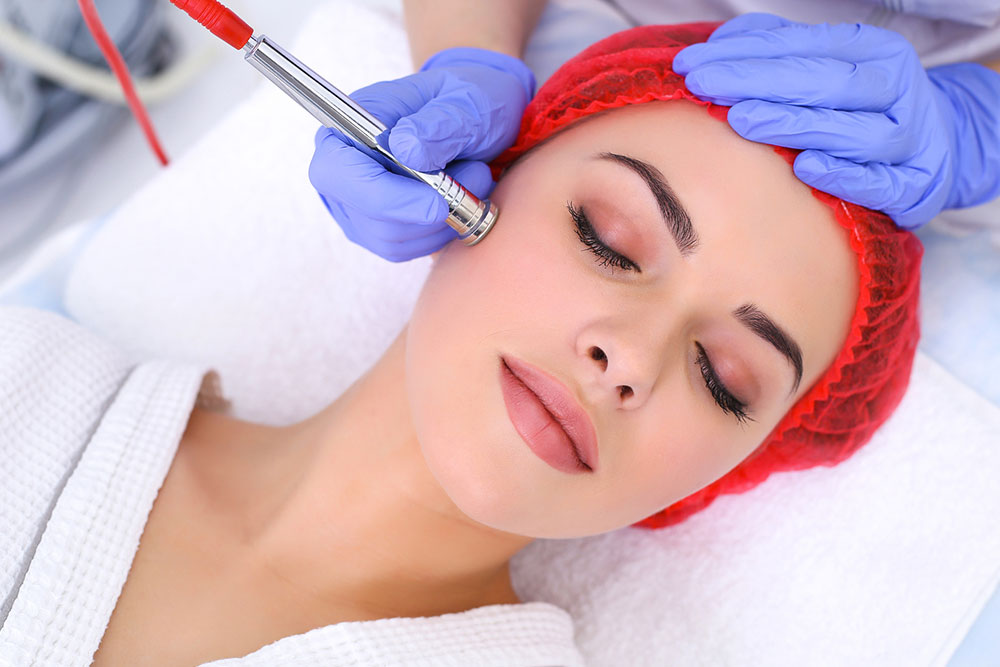Understanding How Infant Eczema Evolves with Age and Steroid Usage
This article explores how eczema in infants advances through different ages, highlighting common affected areas and treatment options like steroid creams. It emphasizes safe usage under medical guidance and discusses growth-related changes to help parents understand and manage the condition effectively.
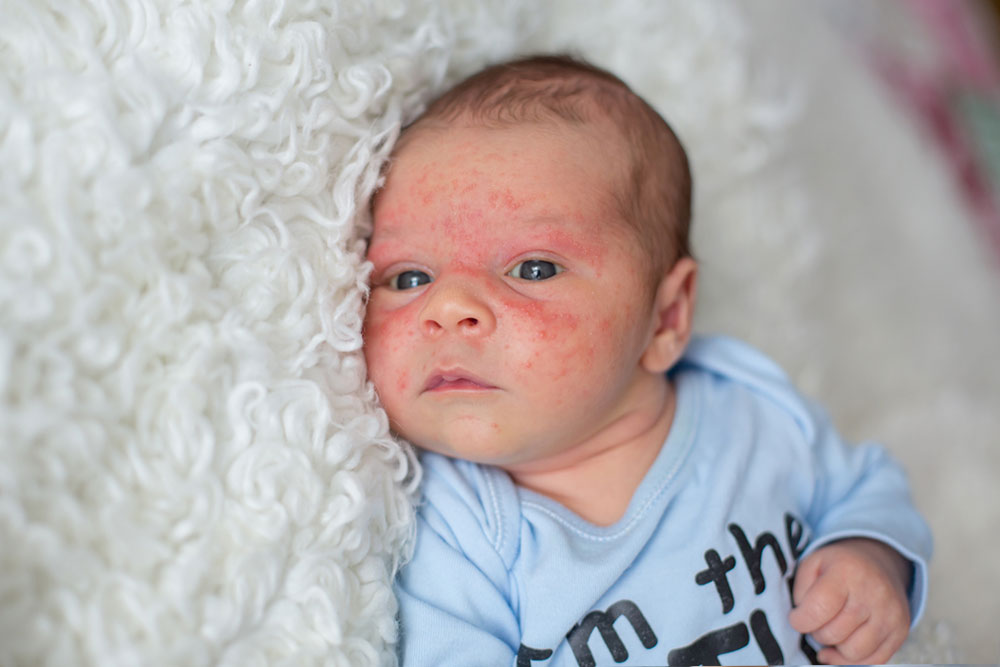
Understanding How Infant Eczema Evolves with Age and Steroid Usage
Eczema, a common skin condition in young children, typically appears before age five. Its symptoms and affected areas change as children grow from infancy to early childhood. Recognizing these variations is essential for effective treatment. Usually, in infants under six months, eczema appears on the scalp, face, cheeks, and chin, avoiding the diaper area due to moisture protection.
Between 6 and 12 months, elbows and knees become common sites as crawling increases the chance of scratching. Pus-filled bumps may develop if the rash becomes infected. In toddlers aged 2 to 5, thickened, dry, and scaly skin with deeper lines, called Lichenification, appears mainly in skin creases around knees, elbows, wrists, hands, and ankles, and sometimes near the mouth and eyelids.
Doctors often recommend steroid creams, ointments, or moisturizers to manage eczema. Proper usage, under medical supervision, is generally safe; overuse can thin the skin, but this effect is usually reversible. For severe itching, oral antihistamines may be used occasionally.
Important Notice:
Our blog provides varied information based on research and data. While informative, these articles should not replace professional medical advice. The team is not responsible for inaccuracies or differences across platforms. Always consult a healthcare professional before starting or changing treatment plans.


